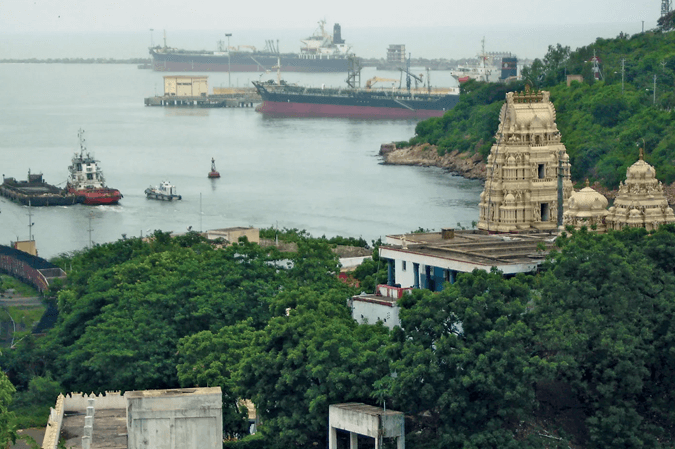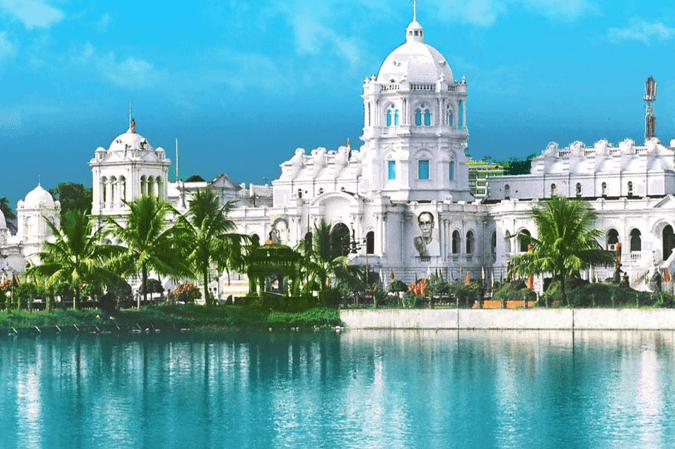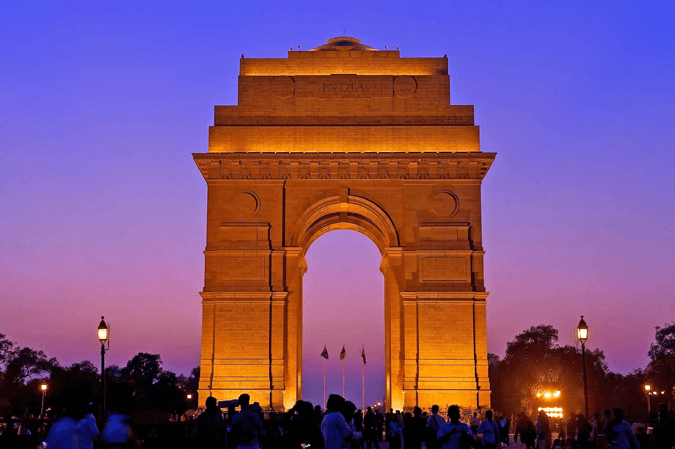Andhra Pradesh, located in the southeastern region of India, is a state that blends historical significance, cultural richness, and geographical diversity. Known for its temples, beaches, and historical landmarks, Andhra Pradesh holds an important place in the Indian subcontinent.
History
- Ancient Period: Andhra Pradesh has a deep historical connection with early Indian civilization. It was part of the Maurya Empire and later became a significant center under the Satavahanas (2nd century BCE – 3rd century CE). The Satavahana dynasty was instrumental in promoting trade and cultural activities.
- Medieval Era: The Eastern Chalukyas, Kakatiyas, and Vijayanagara Empire played crucial roles in the region’s development. The Kakatiyas, in particular, were noted for their military might and contributions to architecture.
- Colonial Period: During British rule, the state became part of the Madras Presidency. Post-independence, Andhra Pradesh was formed in 1956, becoming the first state in India formed on a linguistic basis, following the States Reorganization Act.
Landscape and Area
- Area: Andhra Pradesh spans 162,968 km², making it the seventh-largest state in India.
- Geography: The state features a diverse landscape, including the Eastern Ghats, fertile river deltas (Krishna and Godavari rivers), and a 972 km-long coastline along the Bay of Bengal. The terrain varies from coastal plains to hilly regions.
- Notable Landscapes: The coastal area is known for beaches like Ramakrishna Beach and Rushikonda Beach, while the inland areas feature lush forests, hills, and waterfalls, such as Araku Valley and Tirumala Hills.
Climatic Conditions
- General Climate: Andhra Pradesh experiences a tropical climate with hot summers, mild winters, and significant rainfall during the monsoon season.
- Summer: Hot and humid, with temperatures reaching up to 45°C in some regions.
- Monsoon: Receives heavy rainfall from the southwest monsoon from June to September.
- Winter: Cooler, with temperatures ranging from 12°C to 30°C.
- Coastal Climate: The coastal regions have a more humid climate, with moderate temperatures, while the inland areas can experience more extreme heat.
Historical Places
- Tirupati: Home to the famous Tirumala Venkateswara Temple, one of the most visited pilgrimage centers in the world.
- Amaravati: Known for its ancient Buddhist Stupa and archaeological significance.
- Lepakshi Temple: Famous for its stunning architecture and detailed carvings.
- Undavalli Caves: Ancient rock-cut caves dating back to the 4th-5th century.
- Gandikota: Known as the “Grand Canyon of India,” a picturesque fort located in a deep gorge.
Festivals
- Sankranti: One of the major harvest festivals celebrated with great fervor, marked by kite flying, bonfires, and feasts.
- Ugadi: The Telugu New Year, celebrated with traditional rituals and special dishes.
- Tirupati Brahmotsavam: A grand annual festival at the Tirumala Venkateswara Temple.
- Visakha Utsav: A cultural festival celebrating the heritage and culture of Vishakhapatnam.
Environment and Biodiversity
- Forests: Andhra Pradesh has significant forest cover, including tropical deciduous forests. Important forest areas include Nallamala Forest, Eastern Ghats, and Papikondalu.
- Wildlife Sanctuaries:
- Nagarjunsagar-Srisailam Tiger Reserve: One of the largest tiger reserves in India.
- Kambalakonda Wildlife Sanctuary: Known for its diverse flora and fauna.
- Coastal Ecosystem: The state’s coastal areas support rich marine life, mangroves, and diverse bird species, particularly in regions like the Pulicat Lake.
Society
- Languages: Telugu is the official and most widely spoken language, followed by Urdu.
- Population: Andhra Pradesh has a population of approximately 54 million (as of the 2021 census).
- Economy: Primarily agrarian, with rice, sugarcane, and cotton being the major crops. The state is also an industrial hub, with a growing IT and manufacturing sector, particularly in cities like Vishakhapatnam and Amaravati.
- Culture: The culture of Andhra Pradesh is deeply influenced by Telugu literature, classical dance forms like Kuchipudi, and traditional art forms.
Interesting and Hidden Facts
- Buddhist Legacy: Amaravati and Nagarjunakonda are some of the most important Buddhist sites in India, known for ancient relics and stupas.
- Araku Coffee: The tribal region of Araku Valley is famous for producing organic coffee, which has gained international recognition.
- Mangroves: The Godavari-Krishna Mangroves are some of the most extensive mangrove forests in India, supporting a wide variety of marine life.
- Film Industry: Andhra Pradesh is home to Tollywood, one of the largest film industries in India, centered in Hyderabad (shared capital with Telangana until 2024).
Sources
- Government of Andhra Pradesh official website
- Andhra Pradesh Tourism Development Corporation (APTDC)
- National Geographic – India State Guide
- “India: A Comprehensive Geography” by Sharma and Coutinho
- Image Source: britannica



